If you’ve ever bought a used motorcycle you’ll have wanted to know:
Understanding tire dates is an important part of my motorcycle inspection checklist.
So here’s my 5-second guide to reading tire date codes to see how old your motorcycle’s tires are.
PS Is it spelled tyre or tire? Same word, different sides of the Pacific or Atlantic oceans. But we can all agree that tyres definitely tire. I’m spelling it “tire” because that’s what most people Google.
Well, I am. That’s why I created this site — as an outlet. I love learning and sharing what others might find useful. If you like what you read here, and you’re a fraction as obsessed as I am, you might like to know when I’ve published more. (Check the latest for an idea of what you’ll see.
)
The tire date code, also known as the DOT code is four digits giving you first the week number and then the year(in two digits) of manufacture.
You don’t have to do any math. Just remember there are 52 weeks in the year. Make it 50 for simpler mental arithmetic. So (roughly):
That’s all you need.
And in practise on the last motorcycle I bought (my Ducati Hyperstrada 821):
An example of a motorcycle tire date codeI got lucky in decoding this tire date code because the week number is “1”, which means the beginning of the year. Or unlucky, because basically, that’s a 2016 tire I bought in 2020!
Tires age and get old.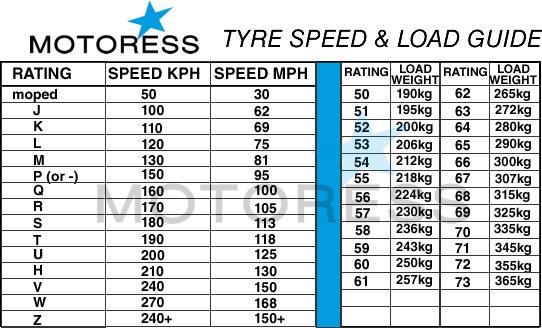 Exactly how long they can last unused depends on how they are stored. But regardless, you can use tire age as a negotiating point when buying a motorcycle.
Exactly how long they can last unused depends on how they are stored. But regardless, you can use tire age as a negotiating point when buying a motorcycle.
Often when buying a used motorcycle, you may see text that says something like this:
For example, this otherwise great looking VFR800 I came across on Craigslist:
Motorcycle ad for a bike from 2002 with “original tires”Negotiating down because of old tires is a GREAT and honest way to knock hundreds off a motorcycle. Many motorcycle owners have no idea that there’s something other than tread depth to consider.
(Of course, if the tread has worn — that makes your job easier.)
The trap you can fall into easily is thinking that just because there’s lots of tread on a tire and it looks fine, that it is fine.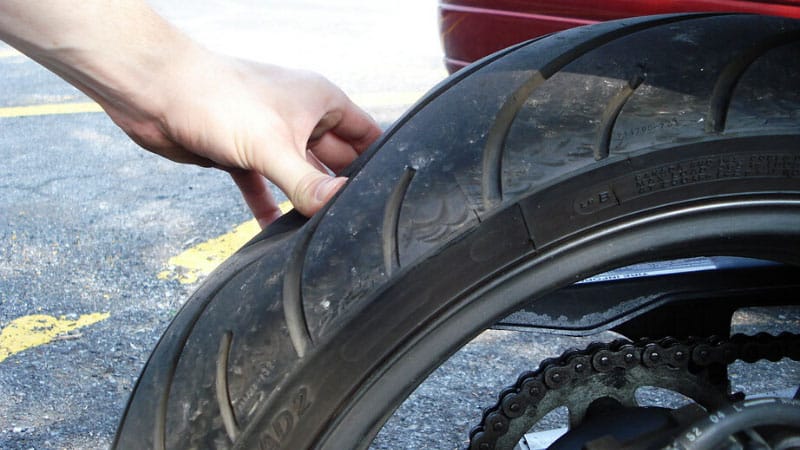 Not so. There are lots of ways in which a tire can fail, and rather than go into them, let’s just say that your tire is more likely to fail if it is old and hasn’t been maintained well.
Not so. There are lots of ways in which a tire can fail, and rather than go into them, let’s just say that your tire is more likely to fail if it is old and hasn’t been maintained well.
And since a pair of tyres typically costs US$200-500 (depending on what you get), this is a pricey bit of maintenance.
One thing to note is that even if your motorcycle is deemed roadworthy by a mechanic, it might still have old tires. In most jurisdictions, a bike can be sold and ridden with old tires; tread depth is the only important regulatory concern.
Tire date codes are also known as DOT codes in the US (DOT stands for Department Of Transport).
They’re common to tires from 2000 and onward in this format.
Previous to 2000, tire date codes had another format. But if you’re buying a motorcycle with tires that old, then you’re going to know they’re old… it’ll be pretty obvious!
Luckily, the tire date code format is international — it’s used worldwide.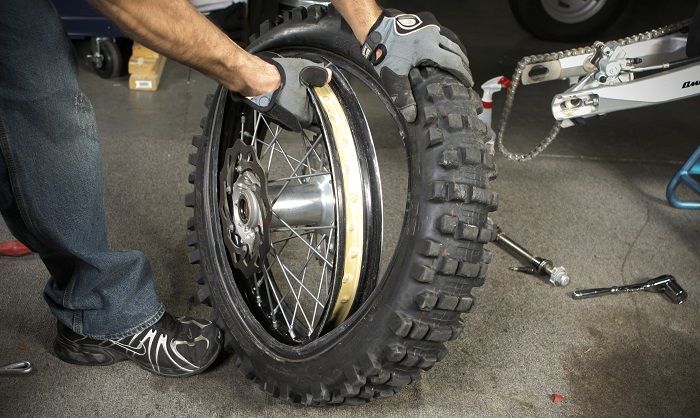
There is lots of other information in DOT codes but the age of the tire is probably the most important.
Other good information in the tire codes is the tire dimensions — important because a tire size different to stock might be installed, which can affect the handling either adversely or positively.
Yes, it’s “legal” to sell old tires — even up to five years old.
If tires are stored well (cool, dark place) then they can last for many years.
So if you buy tires that are even five years old, that’s OK! Just make sure you’re buying them from a reputable place and that they’ve been stored well. (Don’t buy them from eBay.)
So you go reading the tire DOT code and you think… OK, the tire is 3 years old. But how important is that?
As a rough guide, from lots of reading I’ve done on the internet and from speaking to “experts” (seems everyone’s a self-proclaimed expert in this field)
 But then the motorcycle will be pretty obviously worn in other ways, like with faded paint and damaged leather/vinyl.
But then the motorcycle will be pretty obviously worn in other ways, like with faded paint and damaged leather/vinyl.There are people on the internet who dispute that tires can get too old, and insist that most riders don’t push tires nearly to their limits. I think there’s validity to this — but it’s still good to know your tire age via the tire date code so you know what you’re dealing with.
Well there you have it — how to tell motorcycle tire age via the tire date code.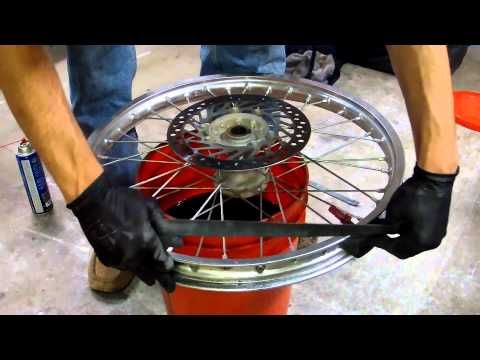 Hopefully that was a simple guide.
Hopefully that was a simple guide.
Oct 17, 2019 at 11:33am ET
By: Kate Murphy
When it comes to motorcycle tires, the wisdom used to be “cheap, sticky, long-lasting: pick two.” Tire technology has come a really long way in just the last ten or so years, though, and that old adage isn’t a slam dunk anymore. So how much of the “old wisdom” still applies? When it comes to tires that still have a bunch of tread life, how old is too old?
I’m going to give you an answer you’re not going to like, and say “it depends.” It depends on how the tires have been stored this whole time, it depends on the tire, and it depends on your personal risk tolerance.
I know that too many of us do not pay enough attention to our tires. They’re easy to overlook, especially on big touring bikes that have low rear fenders. How often do any of us get down on the ground and really inspect that tread? Not often enough. Every time I’m on a trip with a group of motorcyclists, someone is always surprised that the cords on their tires are showing halfway through the trip.
What about the age of your tires, though? They can look like they have plenty of life left and still fail you at a critical cold-rain, coming-in-too-hot moment. That’s because the rubber compounds in all tires age and lose their effectiveness before many of us wear the tires down. The tire’s wear surface dries out, and when it comes to the attributes you want in your bike’s tires, they cannot be safely resurrected.
Most tire manufacturers try not to sell a tire that’s more than five years old. Few of us buy our tires directly from the manufacturer, and an unscrupulous distributor might sell you their new-old stock. The date code is stamped into the tire near the “DOT” stamp. It is a four-digit code which indicates the week and year of production.
This tire's four-digit date code tells you it was made in the twentieth week of 2019.
This tire's date code tells you it was made in the tenth week of 2017.
To protect yourself, learn to read the date code on your tire’s sidewall.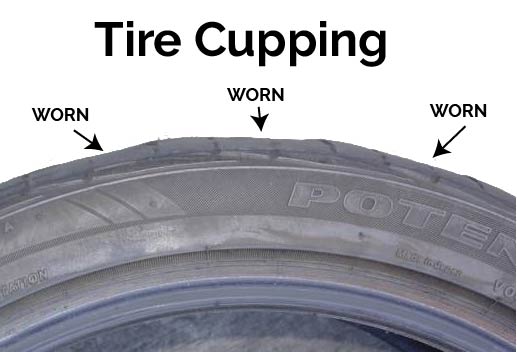 If you order tires online and mount them yourself, check the date code when you receive the tire. If you have a shop or dealer put them on, ask them about the date code. If it’s more than five years old, you may have some wiggle room on the price they charge you.
If you order tires online and mount them yourself, check the date code when you receive the tire. If you have a shop or dealer put them on, ask them about the date code. If it’s more than five years old, you may have some wiggle room on the price they charge you.
If you buy tires that you’re not going to mount immediately, keep those tires inside. Make sure they aren’t in direct sunlight, subject to temperature extremes, or exposed to chemical residue or vapors. All of these things can age your new tire prematurely.
Make it a habit to check your own tires at every oil change. This way it’s tied to the mileage you’re putting on your machine, and you’re already up close and personal with the bike. Here’s a bunch of things to check:
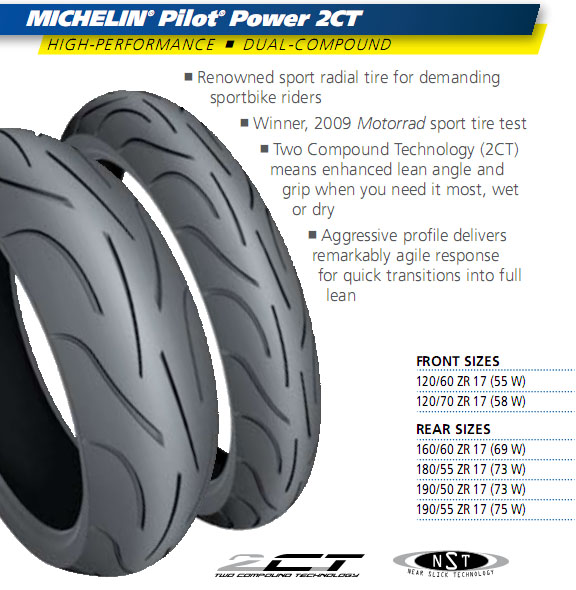 Sometimes a tire shows its age with cracks in the sidewalls, so keep an eye on everything.
Sometimes a tire shows its age with cracks in the sidewalls, so keep an eye on everything.If you have ever swapped your own tires, you know exactly how a too-old tire fights you as you peel it off the rim, and how a nice fresh new tire, even with all that tread, is much more pliable. Imagine the difference between the way that dry old tire grips onto asphalt, or the way the knobs grab dirt, versus how a much softer, stickier tire does that same job.
Sometimes the better part of valor is replacing that tire that has slipped out on you or is cracking, before you’ve worn the tread to the wear bars.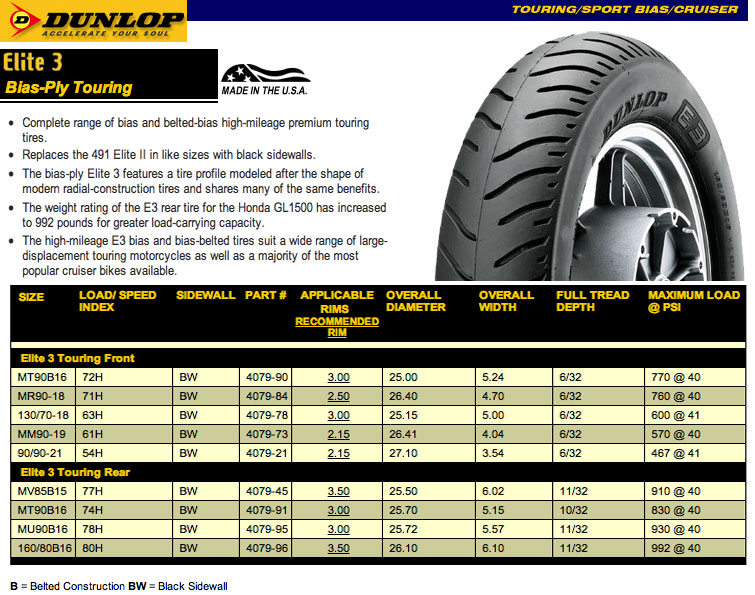 Hardened rubber has lost a lot of its grip, and trying to make them last is a false economy. A new set of tires will cost way less than a crash. Besides, fresh new tires feel so good!
Hardened rubber has lost a lot of its grip, and trying to make them last is a false economy. A new set of tires will cost way less than a crash. Besides, fresh new tires feel so good!
4 Photos
By: Kate Murphy
Everything you wanted to know about motorcycle tires. Starting with radial offset, tire dating, tire pressure and tire selection, everything is in order here.
Want to know what round rubber things are attached to your wheels? We've got some answers for you
Motorcycle tires are more than just black rubber hoops that keep the wheels from skidding on the trail or road surface. It's state-of-the-art traction technology that gets better every year, although the basic concept remains the same. Tires work so well, creating a cushion of air between your machine and the ground, which gives the tire its shape, allows them to lay flat on the ground and absorb bumps.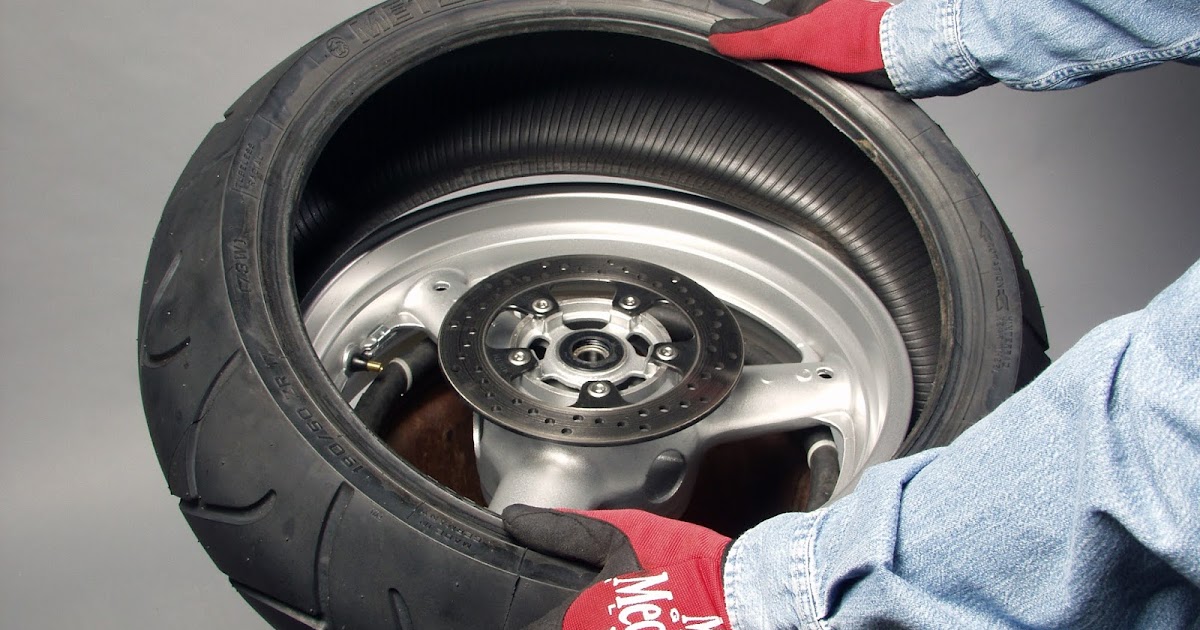 nine0003
nine0003
This basic design has been around the world for over a century. While tires were originally made from natural rubber, today virtually all tires are made from synthetic rubber, which is a mixture of petroleum and chemicals such as sulfur, carbon black, and silicone. Tires are assembled in stages, starting with cord assembly and belt construction, then rubber is applied and molded, then vulcanized at high heat to bond everything together and ready for use on our beloved bike. nine0003
What motorcycle tires do
Tires not only provide traction during acceleration, braking and cornering, but are also part of the suspension. As I mentioned earlier, tires absorb the first part of the impact from bumps before the fork and shock even start working. They are also designed to perform well in a wide range of conditions, including extreme heat, cold and humidity.
You really bet your life on your tires, so aren't they worth giving them some time and attention for their care and condition? Pay close attention to what your tires tell you while you ride.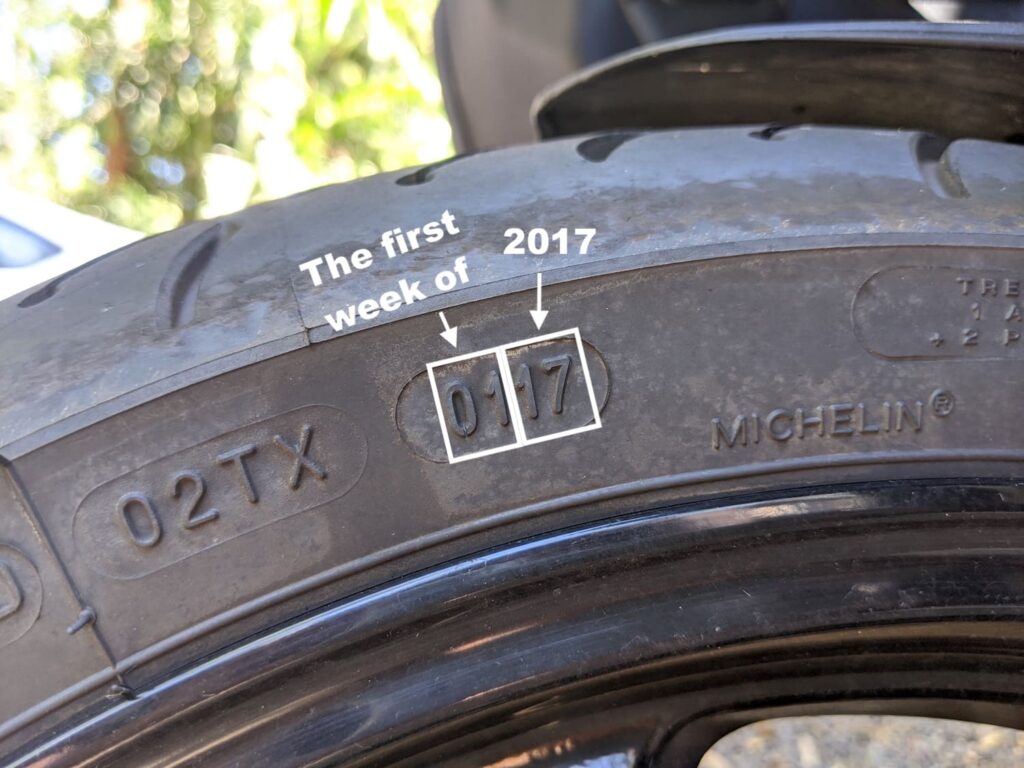 If the steering feels odd or soft, or if cornering and braking feel hard, chances are your tires are under-inflated. Vibration or wobble can also indicate that a tire has leaked or is damaged and that failure is imminent. nine0003
If the steering feels odd or soft, or if cornering and braking feel hard, chances are your tires are under-inflated. Vibration or wobble can also indicate that a tire has leaked or is damaged and that failure is imminent. nine0003
Various types of motorcycle tires
The two main types of tires are radial and bias-ply. The bias tire category includes regular bias tires and belted bias tires. The oblique belt has a more durable design. The terms "Radial" and "Offset" refer to the arrangement of the inner cords and belts during tire manufacture. Essentially, the radial belts run straight through the tread at a 90 degree angle from side to side, while the slant design has belts running diagonally across the tread area. This results in different dynamic characteristics that greatly affect handling, wear, braking and rolling resistance between radial and bias tyres. nine0003
Radial tires are a newer design and are widely used on modern motorcycles, while diagonal tires are used primarily on some cruisers and older motorcycles. In general, radial tires are cooler (resulting in longer life), have a stiffer construction (which makes them feel more responsive), and have sidewalls with a smaller aspect ratio, resulting in less flex. Bias ply tires are usually softer, more pliable and generally slightly lower priced. Their other main advantage is their carrying capacity. In this size, you will often see an offset designed to support more weight. nine0003
In general, radial tires are cooler (resulting in longer life), have a stiffer construction (which makes them feel more responsive), and have sidewalls with a smaller aspect ratio, resulting in less flex. Bias ply tires are usually softer, more pliable and generally slightly lower priced. Their other main advantage is their carrying capacity. In this size, you will often see an offset designed to support more weight. nine0003
It is never recommended to mix these two types on a motorcycle, as this may adversely affect handling and lead to an accident. Before switching your motorcycle from bias to radial tires, check with your dealer or tire manufacturer to see if this works on a particular model and how it works. Some people have also been known to use car tires on motorcycles, often because they are cheaper or last longer. The design, compound and profile of these tires are generally not suitable for motorcycle use and should be avoided. There is one caveat to the idea of using the offset-radius combination.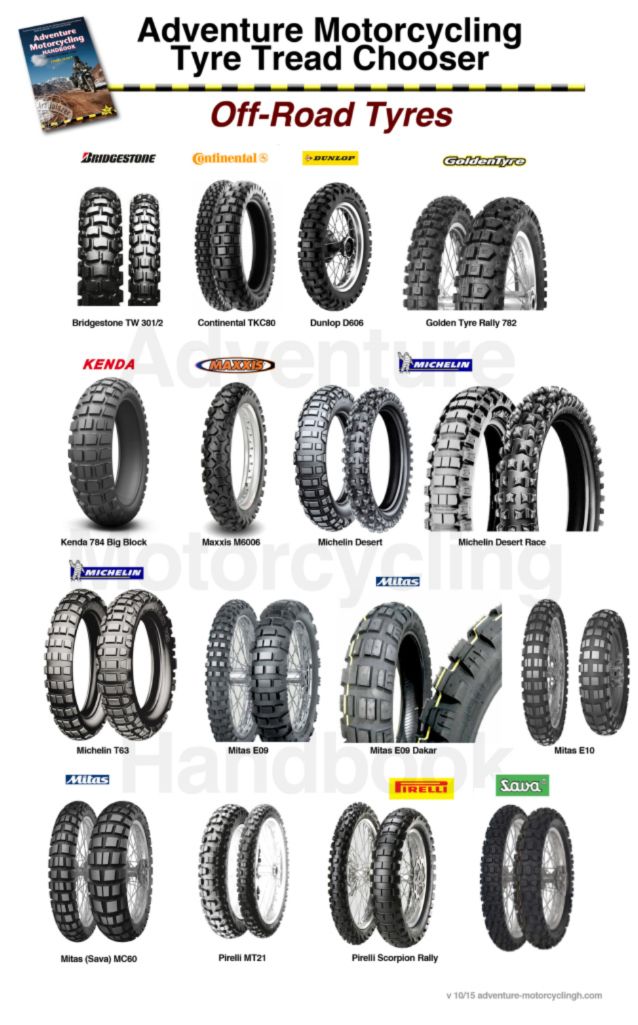 There are actually modern bikes using this combination, so there are cases where it works. But, as a rule, this should not happen, unless it came from the factory. nine0003
There are actually modern bikes using this combination, so there are cases where it works. But, as a rule, this should not happen, unless it came from the factory. nine0003
Different types of tires are made of different materials. Many premium tires are made with steel belts that are stronger than synthetic fabric cords such as nylon and rayon. Because these different materials have different ride and handling characteristics, tires with different designs or materials should not be mixed on the same motorcycle.
Tire tread is a compromise so choose wisely
There are also many types of tread patterns and patterns. It is important to choose the right tires for your bike and riding style. Each type of tire is a compromise, so choose carefully. As a rule, tires with large rough treads are best suited for loose dirt and off-road, they often bend and wear quickly on asphalt. They also have poor grip on hard surfaces. nine0003
Many dual sport and adventure bikes feature a less aggressive open tread pattern that tends to perform somewhat better on pavement and wear better, but sacrifice traction in loose mud, sand and mud. Dual purpose tires are often sold with designations such as 50/50 or 90/10 indicating the ratio of traction on pavement to dirt. Be realistic about what you actually plan to do, because if you go wrong in either direction, you will most likely be unhappy with your choice. Tires used on the street must always have DOT approval stamped on the sidewall. nine0003
Dual purpose tires are often sold with designations such as 50/50 or 90/10 indicating the ratio of traction on pavement to dirt. Be realistic about what you actually plan to do, because if you go wrong in either direction, you will most likely be unhappy with your choice. Tires used on the street must always have DOT approval stamped on the sidewall. nine0003
Street tires typically have a much less aggressive tread pattern than off-road tires. Street tires always have rain grooves to channel water away from the center of the tire to improve traction and prevent hydroplaning on wet roads. Sportbike tires designed for use on dry roads and racetracks have fewer rain grooves and therefore poor grip on wet roads. Fewer grooves generally results in more surface area and potentially a small increase in grip. Avoid using slicks on the street that are designed for racing tracks and do not have grooves as they are illegal and can be dangerous on roads with wet spots, puddles, etc. Tires also come in a variety of rubber compounds that are mixed with provide completely different properties. As a general rule, tires with softer rubber with good grip will wear faster than tires with a harder compound, so it's important to understand what a particular tire is made for before buying it. nine0003
As a general rule, tires with softer rubber with good grip will wear faster than tires with a harder compound, so it's important to understand what a particular tire is made for before buying it. nine0003
How to check them
Tire pressure should be checked frequently. Technically, you should check your tire pressure every time you ride. There are several reasons for this. Tire pressure should be checked when cold at ambient temperature. As soon as you start riding, the tires heat up from flex and contact with the road, and the internal pressure rises. This results in false, inaccurate readings if you stop to check your pressure, such as while driving to a gas station. nine0003
There is also an obvious security reason. If a tire catches on a nail or otherwise loses pressure, it could cause an accident on the way to the gas station where you planned to check the tires. We recommend that you find a place on your bike (or carry it in your pocket if there is no room on the bike) for a tire pressure gauge. Buy a good quality caliber, cheap ones are inaccurate.
Buy a good quality caliber, cheap ones are inaccurate.
Refer to the owner's manual for the recommended tire pressure. Please note that many models have different specifications not only for front and rear, but also for low and high speed operation, as well as for light (single) and heavy loads, as well as passengers. Do not use the tire sidewall pressures unless the bike is under full load because the sidewall pressures listed are the maximum. nine0003
Changing tires
Tires wear out over time and need to be replaced. Typically rear tires start to flex, losing their rounded profile as the center of the tread wears faster than the shoulders. Front tires usually wear more evenly across the tread, but can begin to develop jagged wear, known as bowl wear. The protruding tires become more obvious as the handlebars begin to wear, tear, or break over time.
Inspect your tires for sufficient tread depth. When a tire is worn to within 1/32 inch (0.8 mm) of the tread groove on the built-in indicators, or the cord or fabric of the tire is exposed, the tire is dangerously worn and should be replaced immediately. Also inspect the tires for uneven wear. Wear on one side of the tread or flat spots on the tread can indicate a tire or bike problem. Contact your local dealer or mechanic for assistance. Look at your disks too. If your rim is bent or cracked, it needs to be replaced. nine0003
Also inspect the tires for uneven wear. Wear on one side of the tread or flat spots on the tread can indicate a tire or bike problem. Contact your local dealer or mechanic for assistance. Look at your disks too. If your rim is bent or cracked, it needs to be replaced. nine0003
It is good practice to plan ahead and have replacement tires ready for installation before the old ones are completely worn out. Tube-type tubes should be replaced at the same time as tires. Old tubes wear out and are prone to cracking, which can lead to sudden failure, so a new tube should be installed each time a tire is replaced. Make sure the tubing (if used) is the correct size and compatible with the radials if required. Rim strips should also be replaced if they look worn. nine0003
On tubeless tyres, it is also recommended to replace the valve blocks as the rubber wears out. You should also check the tire pressure monitoring units in the wheels of some modern high-end motorcycles and replace their batteries if necessary.
Explanation of tire markings
Older motorcycles often came with tires marked in inches, such as 3.25 x 19 front and 4.00 x 18 rear. The first number is the width of the tire in inches (3.25 means 3 ¼ inches) and the last number is the diameter of the rim on the bead mounting surface in inches. Most modern motorcycles use metric and inch sizes. In this case, the first number indicates the width of the profile in millimeters, the second number indicates the aspect ratio, expressed as a percentage, and the last number indicates the diameter of the rim in inches. For example, for 120/60-ZR17, 120 is the width, 60 is the aspect ratio, Z is the speed rating, and R is the radial. nine0003
Another method for determining tire size is the alphanumeric system. They are often found on cruiser tires. Every alphanumeric motorcycle tire begins with the letter "M." For example, for the MT90-16, the T indicates the width (which is 130mm, 90 is the aspect ratio (the aspect ratio is the sidewall height expressed as a percentage of the tire width), and the wheel diameter (16) is shown in inches.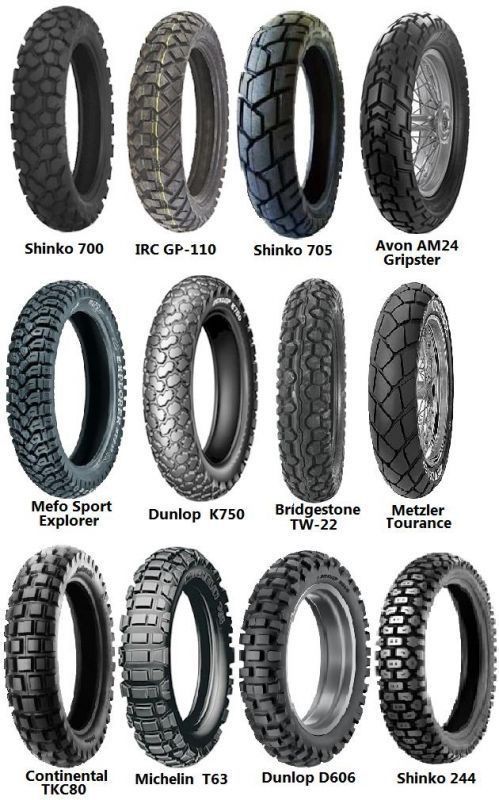 In the case of a radial aspect ratio between aspect ratio and rim size would be an "R" Since there isn't one, it's a bias-ply tire If it were a diagonal belt tire (with extra stiffening layers above the body plies), a "B" would be between aspect ratio and wheel size Tire width charts are widely available in tire catalogs and online if you need them, but stick with what you have.0003
In the case of a radial aspect ratio between aspect ratio and rim size would be an "R" Since there isn't one, it's a bias-ply tire If it were a diagonal belt tire (with extra stiffening layers above the body plies), a "B" would be between aspect ratio and wheel size Tire width charts are widely available in tire catalogs and online if you need them, but stick with what you have.0003
Rated load
Some motorcycle tires are available with different load capacities for a given size. This usually refers to the rear tires of some large sports touring machines. Make sure you select the correct tire for your bike, load and use. For safety reasons, replace the tires with tires with a rated load not lower than the old ones.
Tire Dating Explained
Unfortunately there is no such thing as TiresOnly.com, so if you have one tire you can try Craigslist Personals… Of course we're kidding! When tires are manufactured, the date is stamped on the sidewall. This code is the four digit number after the "DOT" on the sidewall. The first two digits indicate the week the tire was manufactured, and the last two digits indicate the year. For example, 0414 would mean the fourth week of 2014. nine0003
The first two digits indicate the week the tire was manufactured, and the last two digits indicate the year. For example, 0414 would mean the fourth week of 2014. nine0003
This is important because tires harden and rubber wears out over time, even faster when tires are left in the sun and in bad weather. Most manufacturers recommend replacing tires when they are about six years old. However, tires should also be replaced if significant cracks form in the sidewalls, even if it happens sooner.
Tires and/or bicycles should also be stored indoors in a cool and dry place where water cannot accumulate on critical components and they are protected from the sun. Tires should be stored away from electrical generators and motors (since ozone damages rubber) and heat sources such as hot pipes. nine0003
Break-in period
For new tires to provide optimum performance, they should be driven carefully for the first 100 or so miles so that the tread surface is "worn" and working properly.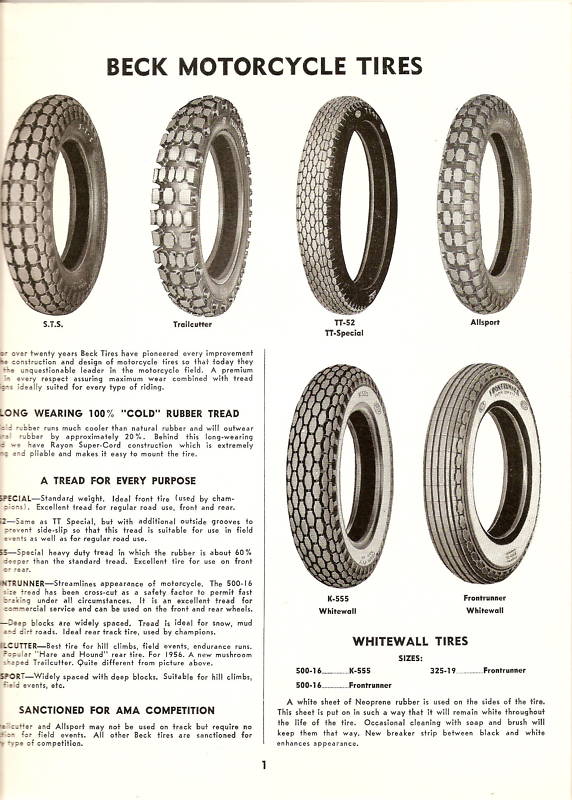 Immediately after installing new tires, sudden acceleration, maximum braking and sharp turns should be avoided. This will allow the rider to adjust to the feel and handling characteristics of the new tire, as well as the correct "wear" of the new tire to achieve the optimum level of grip. Racers on the track will scoff at this opinion, but we advise you to exercise caution. nine0003
Immediately after installing new tires, sudden acceleration, maximum braking and sharp turns should be avoided. This will allow the rider to adjust to the feel and handling characteristics of the new tire, as well as the correct "wear" of the new tire to achieve the optimum level of grip. Racers on the track will scoff at this opinion, but we advise you to exercise caution. nine0003
As you can see, tires are not just round rubber loops. Not only do they connect your bike and the road, but they make the difference between a great day of riding and a day you won't soon forget. Take care of your tires and choose their styles wisely and don't skimp on them if possible. Usually you get what you pay for.
TO CONTACT US FIND A DEALER nine0003
SETTING NEW STANDARDS IN RACING (RACE TRACK USE ONLY)
All NHS (non-road) motorcycle tires are designed exclusively for use on racing tracks and cannot be used on public roads.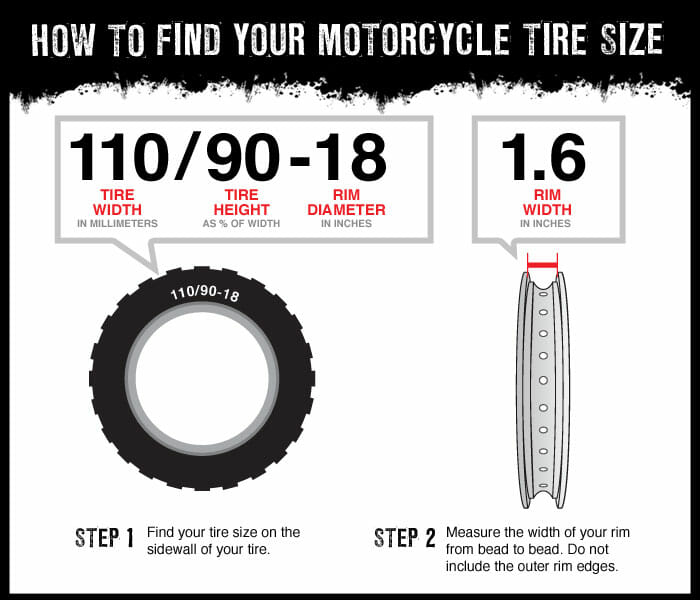 There are no official homologations for this tire. Review the TECHNICAL RECOMMENDATIONS tab and/or contact your motorcycle tire dealer. nine0066
There are no official homologations for this tire. Review the TECHNICAL RECOMMENDATIONS tab and/or contact your motorcycle tire dealer. nine0066
All this is possible with DIABLO ™ SUPER BIKER.
Download our app :
TO CONTACT US FIND A DEALER
FEATURES
High silica rubber compound
BENEFITS I
High chemical grip
Excellent wet traction
+
FEATURES
Multi-layer profile type
ADVANTAGES
Different profile structure in the central and shoulder areas
Maximum stability at any angle of inclination
+
FEATURES
0° steel belt position (front and rear)
BENEFITS
Constant road contact in all racing conditions
High level of safety and excellent power transfer to the road
+
ADVANTAGES
Efficient water evacuation
Excellent grip/water evacuation ratio
PRESSURE
PRESSURE CHART
| RECOMMENDED BODY DIAMETER (INCHES) | RECOMMENDED COLD PRESSURE BAR (PSI) | nine0196 RECOMMENDED WARM PRESSURE HEAT USE °C (°F) | ||
|---|---|---|---|---|
| FRONT 100/70 R17 | 2.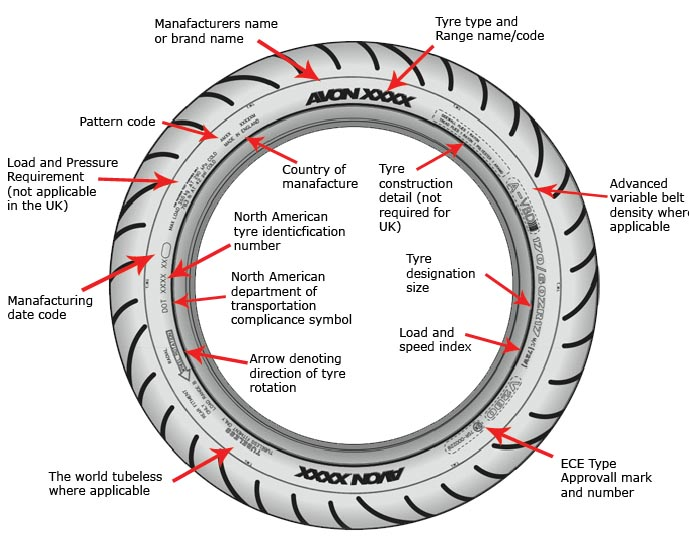 50 50 | 1.8 (26) | 1.9 (28) | 30 mins. @ 50°C (122°F) |
| FRONT 110/70 R17 | 2.75 - 3.00 | 2.1 (30) | 2.2 (32) | 30 mins. @ 50°C (122°F) |
| FRONT 120/70 R17 | 3.50 | 2.3 (34) | 2.4 (35) | 30 mins. @ 50°C (122°F) |
| REAR 125/70 R17 | 3.50 | 1.8 (26) | 1.9 (28) | 30 mins. @ 50°C (122°F) |
| REAR 140/70 R17 | 3.50 - 4.00 | 1.9 (28) | nine0213 2.0 (29)30 mins. @ 50°C (122°F) | |
| REAR 160/60 R17 | 4.50 | 1.9 (28) | 2.0 (29) | 30 mins. @ 50°C (122°F) |
| REAR 190/60 R17 | 5.50 - 6.00 | 1.9 (28) | 2.0 (29) | 30 mins. @ 50°C (122°F) |
| REAR 200/60 R17 | nine0213 5.50 - 6.001.9 (28) | 2. |